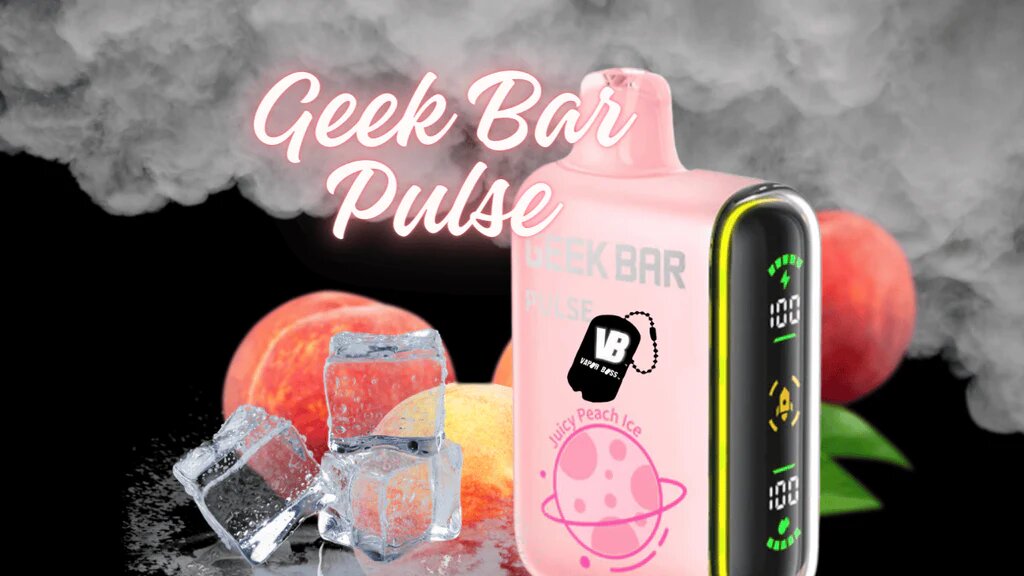Vape juice, also known as e-liquid, undergoes a fascinating journey from conception to consumption. Behind the flavors and vapor clouds lies a scientific process involving precise formulations and rigorous testing. In this article, we’ll delve into the science behind vape juice, exploring how it’s made and tested to ensure quality and safety for vapers everywhere.
The Manufacturing Process
Creating vape juice is a meticulous process that involves several key steps:
- Ingredient Selection: High-quality ingredients are essential for crafting premium vape juice. This includes pharmaceutical-grade Propylene Glycol (PG), Vegetable Glycerin (VG), food-grade flavorings, and, optionally, nicotine.
- Formulation: Vape juice manufacturers carefully blend PG, VG, flavorings, and nicotine (if included) according to precise formulations to achieve the desired flavor profile, nicotine strength, and vapor production.
- Mixing: Once the ingredients are measured, they are mixed together in a controlled environment to ensure consistency and homogeneity.
- Steeping: Some vape juice formulations require steeping, a process where the liquid is aged to enhance flavor development and smoothness. Steeping times can vary depending on the recipe.
- Bottling and Packaging: After the mixing and steeping processes are complete, the vape juice is bottled, labeled, and packaged for distribution.
Quality Control and Testing
Ensuring the safety and quality of vape juice is paramount to manufacturers. Rigorous testing protocols are implemented to evaluate various aspects of the product, including:
- Ingredient Purity: Raw materials undergo testing to verify their purity and adherence to industry standards. This includes testing for contaminants and impurities.
- Nicotine Accuracy: For vape juices containing nicotine, testing is conducted to verify the accuracy of nicotine levels, ensuring consistency across batches.
- Flavor Integrity: Flavorings undergo sensory and analytical testing to confirm their authenticity and stability. Manufacturers strive to maintain consistent flavor profiles throughout production.
- Product Stability: Vape juice formulations are subjected to stability testing to assess their shelf life and resistance to degradation under various storage conditions.
- Safety Testing: Vape juice is tested for potential health hazards, including the presence of harmful chemicals and compounds. This ensures that the product meets regulatory requirements and poses no significant risk to consumers.
Nicepro Vape: A Commitment to Quality
At NicePro Vape, we prioritize quality and safety in every aspect of our vape juice manufacturing process. From sourcing premium ingredients to implementing stringent testing procedures, we strive to deliver products that meet the highest standards of excellence.
In conclusion, the science behind vape juice production is a testament to the industry’s commitment to quality and safety. By adhering to strict manufacturing standards and conducting thorough testing, manufacturers like Nicepro Vape ensure that vapers can enjoy a satisfying and risk-free vaping experience.










